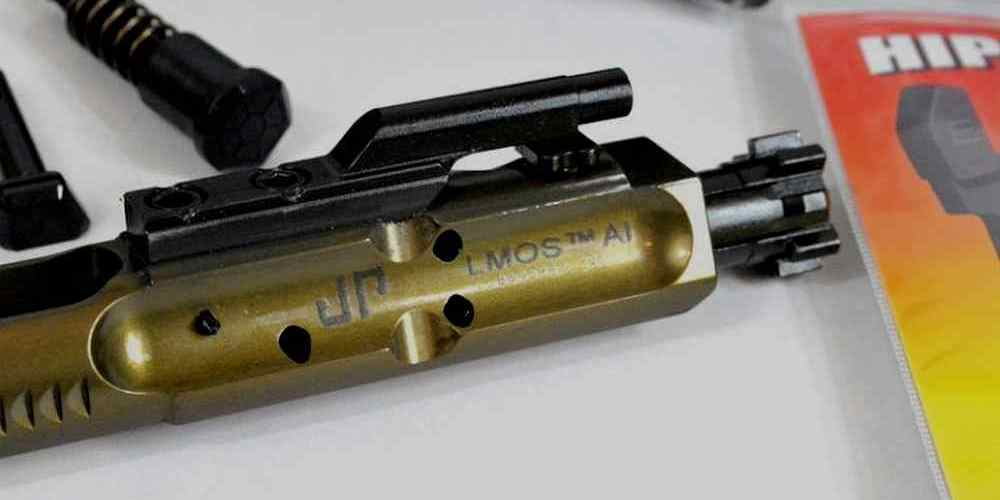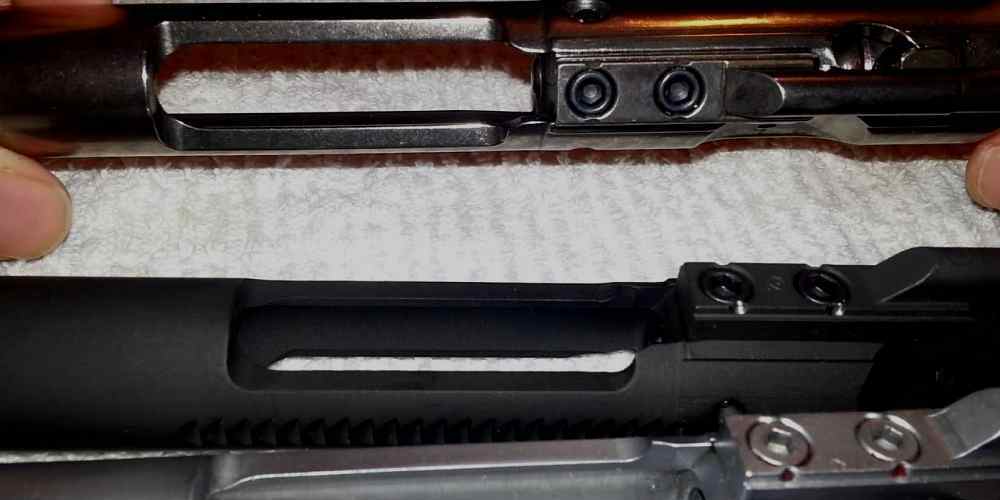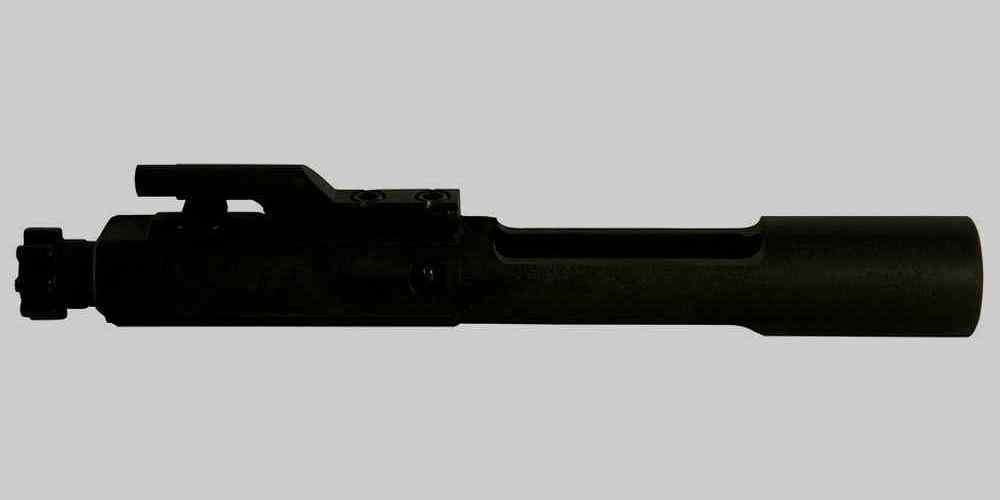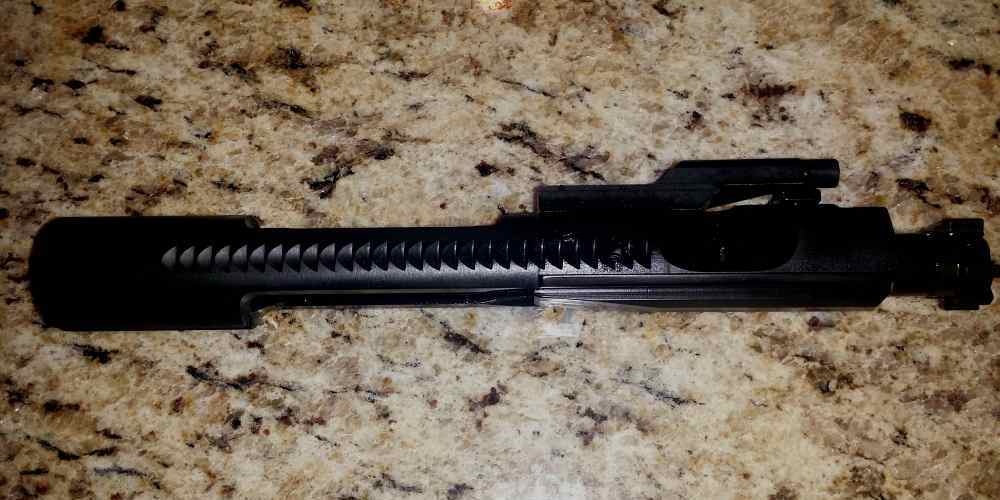Unleash the power of the AR15 BCG with in-depth analysis.
Benefits of a Nickel Boron Coating
The AR15 is a popular rifle platform known for its versatility and customization options. One of the key components of the AR15 is the bolt carrier group (BCG), which plays a crucial role in the rifle’s function. The BCG is responsible for chambering rounds, extracting spent casings, and cycling the rifle’s action. In this article, we will take a closer look at the anatomy of an AR15 BCG, specifically focusing on the benefits of a nickel boron coating.
The BCG consists of several key components, including the bolt, bolt carrier, gas key, firing pin, and cam pin. The bolt is the part of the BCG that locks into the rifle’s chamber and seals it during firing. The bolt carrier houses the bolt and is responsible for cycling the action. The gas key is attached to the top of the bolt carrier and interfaces with the gas tube to cycle the action. The firing pin strikes the primer of the cartridge, igniting the powder and firing the round. The cam pin is used to rotate the bolt during the cycling process.
One of the main benefits of a nickel boron coating on an AR15 BCG is increased durability. Nickel boron is a hard, slick coating that reduces friction and wear on the BCG components. This results in smoother cycling and increased reliability. The nickel boron coating also provides corrosion resistance, making the BCG easier to clean and maintain.
Another benefit of a nickel boron coating is improved lubricity. The slick surface of the coating reduces the need for traditional lubricants, which can attract dirt and debris. This results in a cleaner rifle and smoother operation. The reduced friction also helps to reduce heat and wear on the BCG components, extending their lifespan.
In addition to increased durability and lubricity, a nickel boron coating can also improve the overall performance of an AR15. The slick surface of the coating reduces fouling and carbon buildup, which can lead to malfunctions. This results in a more reliable rifle that is less prone to jams and failures. The reduced friction also helps to improve the rifle’s accuracy and consistency.
Overall, a nickel boron coating on an AR15 BCG offers a number of benefits that can enhance the performance and reliability of the rifle. The increased durability, lubricity, and performance make it a popular choice among shooters looking to upgrade their AR15. Whether you are a competitive shooter, hunter, or recreational plinker, a nickel boron coated BCG can help take your rifle to the next level.
In conclusion, the AR15 BCG is a critical component of the rifle’s function, and a nickel boron coating can provide a number of benefits that enhance its performance and reliability. The increased durability, lubricity, and performance of a nickel boron coated BCG make it a popular choice among shooters looking to upgrade their AR15. If you are looking to improve the performance of your AR15, consider investing in a nickel boron coated BCG.
Importance of Gas Rings
The AR15 is a popular rifle platform known for its versatility and modularity. One of the key components of the AR15 is the bolt carrier group (BCG), which plays a crucial role in the rifle’s operation. The BCG is responsible for chambering rounds, extracting spent casings, and cycling the rifle’s action. In this article, we will take a closer look at the anatomy of an AR15 BCG, focusing specifically on the importance of gas rings.
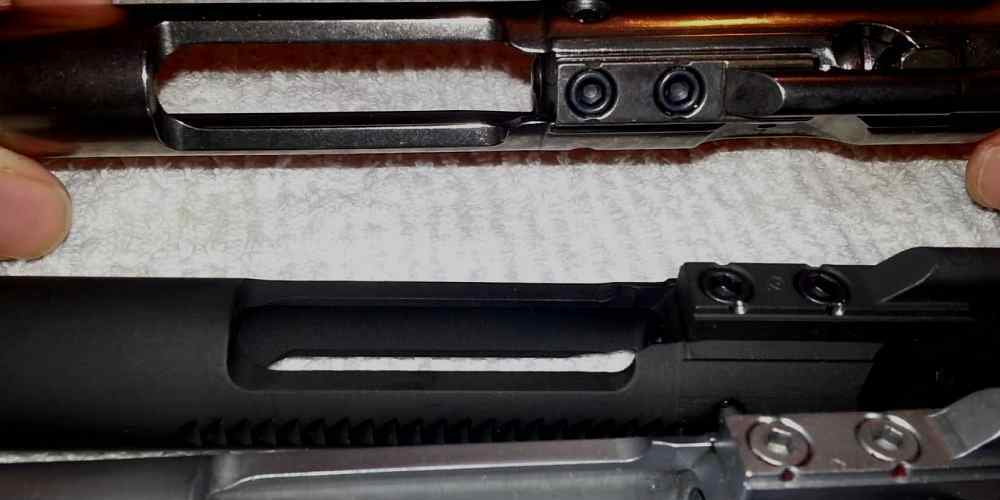
The gas rings are small, circular rings located on the bolt of the BCG. These rings are designed to create a gas seal between the bolt and the bolt carrier, ensuring that gas pressure is properly utilized to cycle the rifle’s action. Without properly functioning gas rings, the rifle may experience issues such as failure to extract, failure to eject, and overall reliability problems.
Gas rings are typically made of steel or other durable materials that can withstand the high pressures generated during firing. The rings are designed to expand and contract as needed to maintain a tight seal between the bolt and the bolt carrier. Over time, however, gas rings can wear out and lose their ability to create a proper seal.
It is important to regularly inspect and replace gas rings as needed to ensure the reliable operation of your AR15. A simple visual inspection can help determine if the gas rings are worn or damaged. If the rings appear cracked, chipped, or deformed, it is time to replace them.
Replacing gas rings is a relatively simple process that can be done at home with basic tools. Most AR15 BCGs come with spare gas rings, but replacements can also be purchased separately. To replace the gas rings, simply remove the bolt from the BCG, slide off the old rings, and slide on the new ones. Make sure the rings are properly seated and aligned before reassembling the BCG.
Properly functioning gas rings are essential for the reliable operation of your AR15. Without a tight gas seal, gas pressure can escape, leading to cycling issues and potential malfunctions. Regular maintenance and inspection of gas rings can help prevent these problems and ensure that your rifle performs at its best.
In conclusion, gas rings are a critical component of the AR15 BCG that play a key role in the rifle’s operation. These small, seemingly insignificant rings are essential for creating a gas seal that allows the rifle to cycle properly. Regular inspection and replacement of gas rings are important for maintaining the reliability and performance of your AR15. By understanding the importance of gas rings and taking proper care of them, you can ensure that your rifle functions flawlessly every time you pull the trigger.
Function of the Firing Pin
The firing pin is a crucial component of the AR15 bolt carrier group (BCG) that plays a key role in the firing mechanism of the rifle. Understanding the function of the firing pin is essential for any AR15 owner or enthusiast looking to gain a deeper understanding of their firearm.
The firing pin is a small, cylindrical metal rod that sits inside the bolt carrier group. When the trigger is pulled, the firing pin is released and strikes the primer of the cartridge, igniting the gunpowder and firing the round. This simple yet vital action is what allows the AR15 to function as a semi-automatic rifle.
The firing pin is typically made of a durable material such as steel or titanium to withstand the repeated impact of striking the primer. It must be strong enough to reliably ignite the primer every time the trigger is pulled, ensuring consistent and reliable performance.
One important consideration when it comes to the firing pin is its length. The length of the firing pin is critical in ensuring that it strikes the primer with enough force to reliably ignite the cartridge. If the firing pin is too short, it may not strike the primer with enough force, leading to misfires or failures to fire. On the other hand, if the firing pin is too long, it may protrude too far into the chamber, causing potential safety hazards.
In addition to length, the shape of the firing pin also plays a role in its function. Most firing pins have a pointed tip that concentrates the force of the impact on a small area of the primer, ensuring reliable ignition. Some firing pins may also have a rounded or flat tip, depending on the specific design of the BCG.
Another important aspect of the firing pin is its spring. The firing pin spring helps to absorb some of the impact when the firing pin strikes the primer, reducing the risk of damage to the firing pin or the primer itself. A properly functioning firing pin spring is essential for consistent and reliable ignition of the cartridge.
Overall, the firing pin is a critical component of the AR15 BCG that is essential for the proper functioning of the rifle. Understanding the function and importance of the firing pin can help AR15 owners and enthusiasts maintain and troubleshoot their firearms more effectively.
In conclusion, the firing pin is a small but essential part of the AR15 BCG that plays a crucial role in the firing mechanism of the rifle. Its length, shape, and spring all contribute to its ability to reliably ignite the primer and fire the round. By understanding the function of the firing pin, AR15 owners can better appreciate the inner workings of their firearm and ensure its continued performance and reliability.
Differences Between Full Auto and Semi-Auto BCGs
When it comes to understanding the inner workings of an AR15, one of the most crucial components to grasp is the Bolt Carrier Group (BCG). The BCG is essentially the heart of the AR15, responsible for cycling rounds, extracting spent casings, and loading new rounds into the chamber. While the BCG may seem like a simple part, it is actually a complex assembly of various components that work together seamlessly to ensure the rifle functions properly.
One key distinction to be aware of when it comes to BCGs is the difference between Full Auto and Semi-Auto BCGs. While both types of BCGs are compatible with most AR15 rifles, there are some key differences that set them apart. Understanding these differences can help you make an informed decision when choosing a BCG for your rifle.
One of the main differences between Full Auto and Semi-Auto BCGs is the presence of a shrouded firing pin in Full Auto BCGs. This shrouded firing pin is designed to prevent the rifle from firing out of battery, meaning that the firing pin cannot strike the primer of a round unless the bolt is fully locked into battery. This added safety feature is crucial in full auto rifles, where the rate of fire is much higher and the risk of a malfunction is greater.
Another key difference between Full Auto and Semi-Auto BCGs is the weight of the BCG itself. Full Auto BCGs are typically heavier than Semi-Auto BCGs, due to the additional mass needed to ensure reliable cycling in full auto rifles. This added weight helps to slow down the rate of fire and reduce recoil, making full auto rifles more controllable during sustained fire.
In addition to these differences, Full Auto BCGs also feature a longer and heavier bolt carrier, as well as a heavier buffer. These components work together to help absorb the increased recoil and stress placed on the rifle during full auto fire. By contrast, Semi-Auto BCGs are lighter and have a shorter bolt carrier, making them more suitable for use in semi-automatic rifles where the rate of fire is lower.
Despite these differences, both Full Auto and Semi-Auto BCGs are interchangeable in most AR15 rifles. However, it is important to note that using a Full Auto BCG in a semi-automatic rifle may result in increased wear and tear on the rifle, as the heavier components are not necessary for semi-automatic operation.
In conclusion, understanding the differences between Full Auto and Semi-Auto BCGs is essential for anyone looking to build or customize an AR15 rifle. While both types of BCGs are compatible with most rifles, it is important to choose the right BCG for your specific needs and intended use. Whether you are looking for increased reliability in full auto fire or a lighter BCG for reduced recoil in semi-automatic operation, knowing the anatomy of an AR15 BCG can help you make an informed decision.
How to Properly Clean and Maintain an AR15 BCG
The AR15 is a popular firearm among gun enthusiasts for its versatility and reliability. One of the key components of the AR15 is the bolt carrier group (BCG), which plays a crucial role in the functioning of the rifle. Understanding the anatomy of an AR15 BCG is essential for proper maintenance and cleaning to ensure the longevity and performance of your firearm.
The AR15 BCG consists of several key components, including the bolt, bolt carrier, gas key, firing pin, cam pin, and retaining pin. The bolt is responsible for locking and unlocking the chamber during the firing cycle, while the bolt carrier houses the bolt and moves it back and forth during operation. The gas key is attached to the bolt carrier and receives gas from the gas tube to cycle the action of the rifle.
Properly cleaning and maintaining your AR15 BCG is essential to ensure its reliability and performance. Neglecting to clean your BCG can lead to malfunctions and decreased accuracy. To clean your AR15 BCG, you will need a few basic tools, including a cleaning rod, bore brush, solvent, lubricant, and a cleaning cloth.
Start by removing the BCG from your rifle and disassembling it into its individual components. Use a cleaning rod and bore brush to scrub away any carbon buildup on the bolt and bolt carrier. Pay close attention to the locking lugs on the bolt, as they can become fouled with carbon and debris. Use a solvent to break down any stubborn buildup, and then wipe the components clean with a cleaning cloth.
Next, inspect the gas key for any signs of wear or damage. The gas key is a critical component of the BCG, as it directs gas from the gas tube to cycle the action of the rifle. Make sure the gas key is securely attached to the bolt carrier and that the screws are properly tightened.
Check the firing pin for any signs of wear or damage, as a worn firing pin can cause misfires and malfunctions. Inspect the cam pin and retaining pin for any signs of wear or damage as well. These small components play a crucial role in the functioning of the BCG and should be replaced if they show signs of wear.
Once you have cleaned and inspected all the components of your AR15 BCG, it is time to reassemble it and lubricate it for smooth operation. Apply a thin layer of lubricant to the bolt, bolt carrier, and other moving parts of the BCG. Make sure not to over-lubricate, as excess oil can attract dirt and debris.
Properly cleaning and maintaining your AR15 BCG is essential for the longevity and performance of your firearm. By understanding the anatomy of an AR15 BCG and following these simple steps, you can ensure that your rifle functions reliably and accurately for years to come. So take the time to properly clean and maintain your AR15 BCG, and enjoy the peace of mind that comes with knowing your firearm is in top condition.





